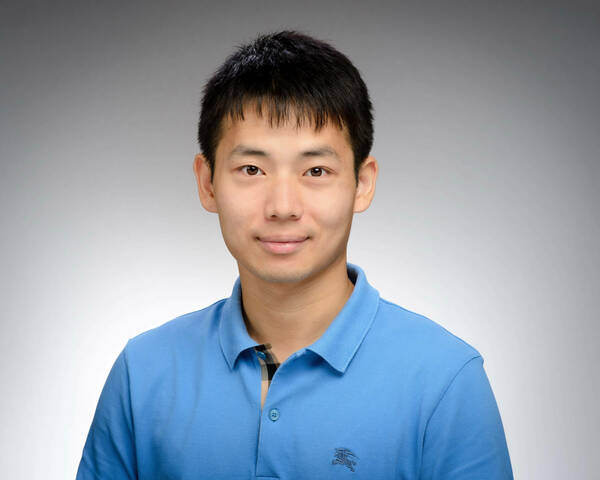
South Bend doesn’t have very much traffic, but in the San Francisco Bay Area, where Edwin Huang, assistant professor in the Department of Physics and Astronomy calls home, traffic is a daily battle.
Traffic, he described, isn’t dissimilar to condensed matter physics. Huang joined the faculty at the University of Notre Dame this year. His research uses numerical and analytical techniques to study properties of quantum materials—and that’s where his correlation with traffic begins, with the “many-body phenomena.”
A single car or a few cars will go the speed limit, and operate independently, but when there are many cars on the road, the entire behavior of the traffic changes. They slow down and speed up for no reason.
“We try to study the same thing with electrons in materials, how behavior changes as a function of electron density strain on a system, or temperature change, for example,” Huang said. Changing these parameters can result in different phases of metals: superconductors, magnets, and materials with other properties.
Within his field, Huang focuses on correlated electron systems with numerical algorithms to simulate these systems, a focus he has had since his first year of his doctoral program. This allows Huang to combine his background in coding with his love of physics.
“Computational physics is the best way to do that,” he said. “I have always been interested in math and quantitative science. When I first got exposure to physics, a lot of things clicked. A lot of things I had learned in math made more sense after learning physics.”
He enjoys helping his own students find this connection, too. His engineering mechanics course is a crucial part of the sequence that engineering students learn.
Huang joins several other new faculty at the Stavropoulos Center for Complex Quantum Matter, which was established in 2019. Its focus is to expand Notre Dame’s research on the complex field of quantum mechanics, which informs emerging technologies in a variety of fields.
“The center here is a really unique opportunity for a university to be expanding so heavily in a short period of time in a specific subfield of physics,” said Huang. “I will be able to develop my career in parallel with a number of other scientists… It’s a really exciting time for the department.”
Huang will manage a research group whose projects bridge the connection between theoretical physics and observational physics. He explained a unique aspect about condensed matter is that we can observe these relationships just with our eyesight and sense of touch. “There are a lot of diverse phenomena that we try to solve that are representative of material systems people do experiments on,” Huang said.
Originally published by at science.nd.edu on November 06, 2023.